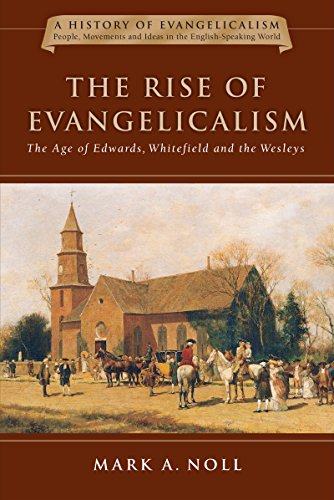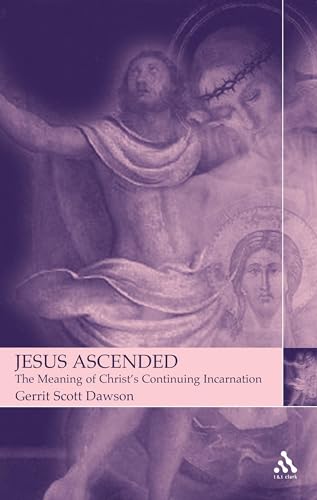PROCLAIMING THE GOSPEL: FIRST CENTURY PERFORMANCE OF MARK
Written by Whitney Shiner Reviewed By Alan MacgregorFor those who wished that they knew more about Graeco-Roman rhetoric or wanted to see how rhetoric works in a Biblical setting, this book provides an ideal entry-point. In Proclaiming The Gospel Whitney Shiner has done us a great service both by opening up the ancient world of the rhetorician and demonstrating rhetoric at work in the narrative world of the NT within Mark’s Gospel. Yet, Shiner has done all this for us in a very accessible manner—in a lucid, lively style—which carries the reader along effortlessly.
From the beginning it is clear that Shiner has a firm grasp of his subject, yet he wears his scholarship lightly and never overloads us with information, though the chapter endnotes provide ample opportunities for more in-depth exploration. In fact, these endnotes are the only quibble I have with the book; personally I prefer footnotes for a more interactive reading experience. Otherwise, Shiner’s presentation of his material is very well structured. A good example of this is his well laid-out table of contents at the beginning of the book. We can see by the chapter subheadings how his argument is to be developed. They almost provide an abstract of the book itself. Similarly, the bibliography is laid out in a helpful, accessible manner, both in subject areas and depth of study. Another useful and suggestive feature in the section on memorisation is what Shiner calls the ‘memory structure’ of Mark’s Gospel which indicates, he argues, just how carefully composed it is as an oral script to be proclaimed. Yet Mark is seldom read that way. Shiner notes almost ruefully, ‘Delivery has received very little attention in studies of the Gospels’ (78).
Perhaps the most surprisingly useful aspect of rhetoric from the viewpoint of biblical studies is the large element of emotion in first century rhetorical performance which can be discovered within the text of Mark’s gospel. ‘Literary performances of texts stressed emotion, flamboyant vocal effects, and constant gesturing’ (48). Indeed, Shiner suggests that Mark’s Gospel was probably delivered in a florid, almost over-the-top manner, in line with the popular expectations of his day (88).
He also reveals the close relationship between the reader and his audience, indicated, for example, by the ‘applause lines’ in the biblical text. In addition he shows us elements of oral composition designed to enable the oral performer to elicit audience response. This is promising for exegesis, because ‘consideration of the audience’s interaction with the Gospel performer helps us to recover the intended meaning of the passage’ (168). By making us aware of such nuances in the text, Shiner opens up for us exciting, new exegetical possibilities.
For many years biblical scholars have largely regarded the NT as a historical resource to be researched as a historical document, or as a literary text to be studied as a work of literature. These have been (and still are) valid, useful approaches for understanding the NT. But the oral, rhetorical approach needs to be recovered, for, as Shiner observes, ‘Our modern world has lost much of the sense of the power of the spoken word as it was understood in the ancient world. For the ancients speech had creative power’ (191). In this book Shiner restores that creative power to us. He enables us to encounter the NT as a script calling to be understood as something living, written dynamically for performing. It opens up exciting new possibilities and insights into how we read and understand the New Testament.
Alan Macgregor
Banff







